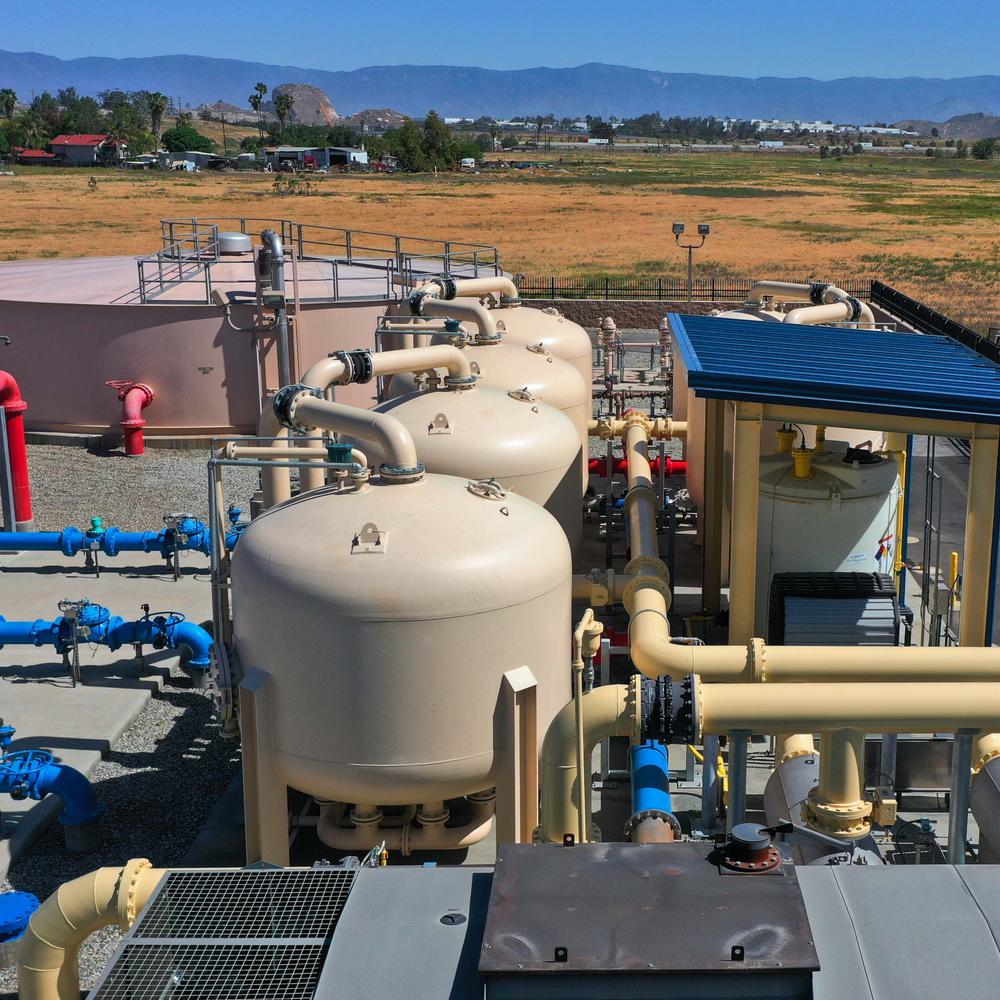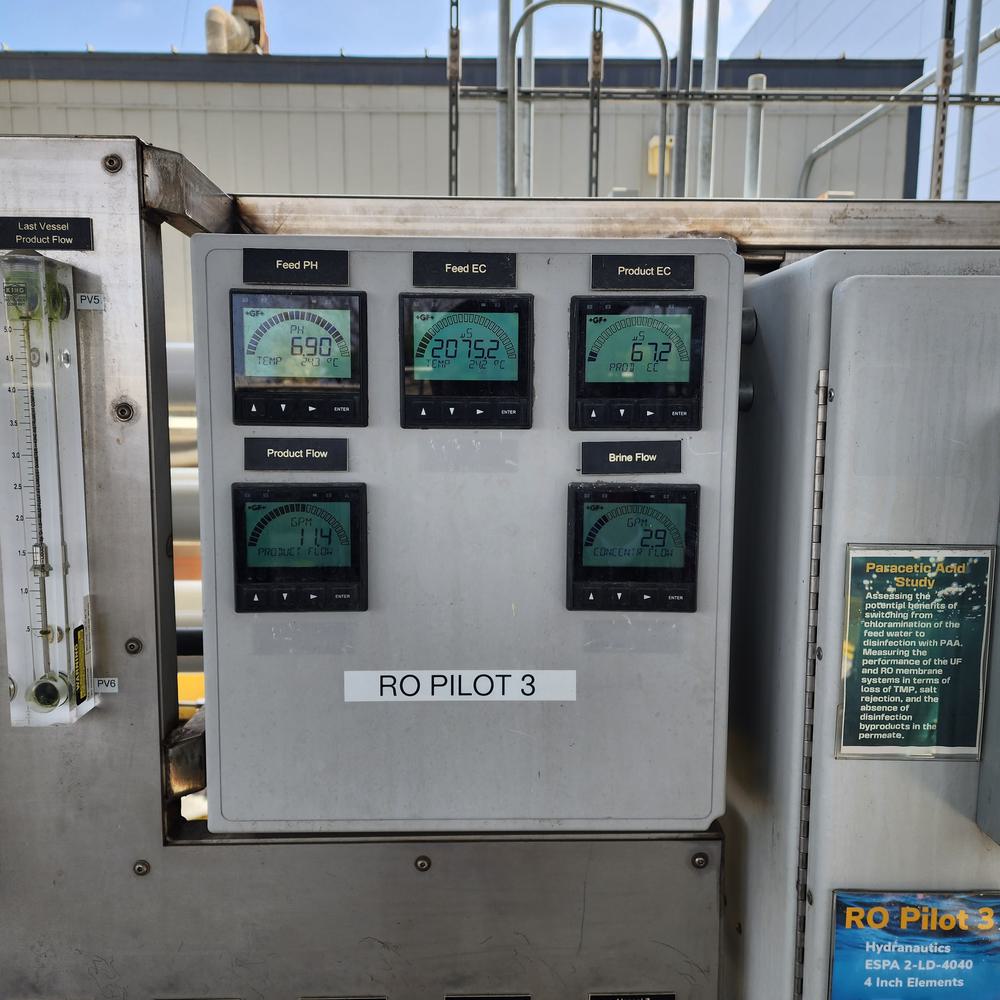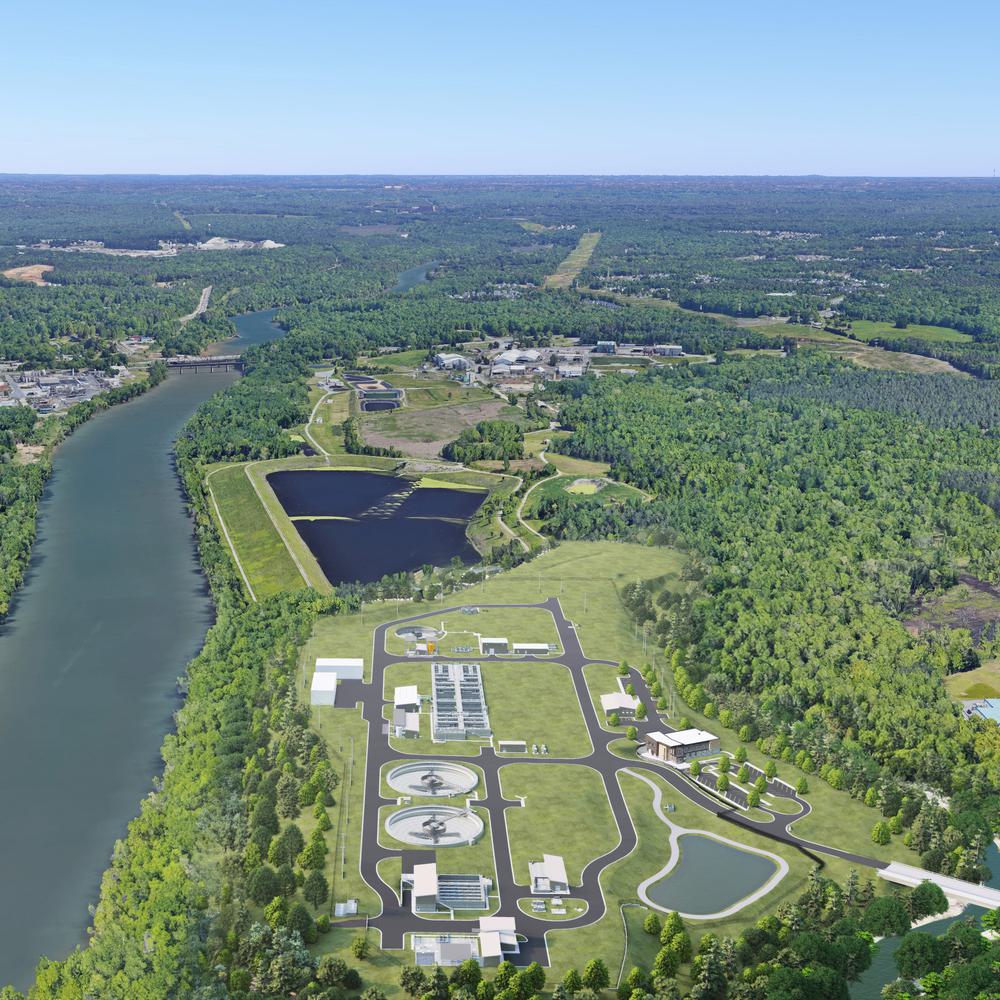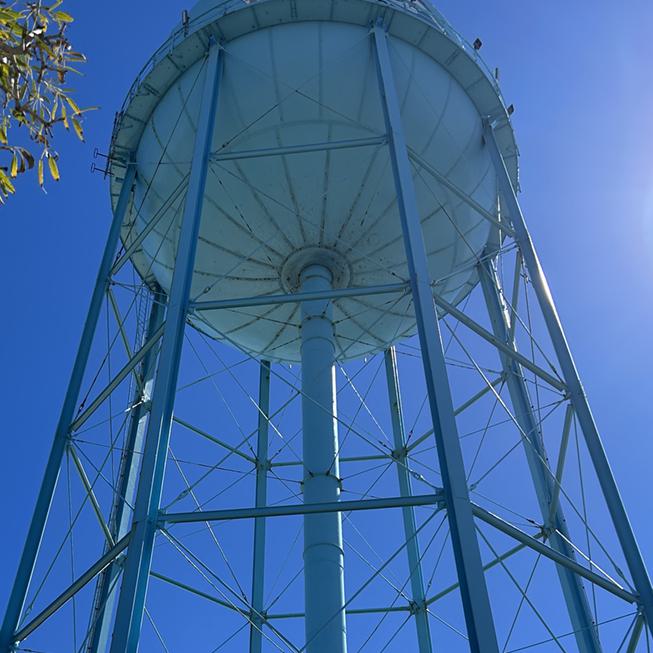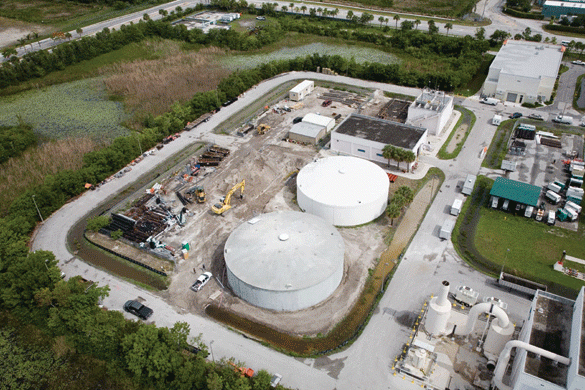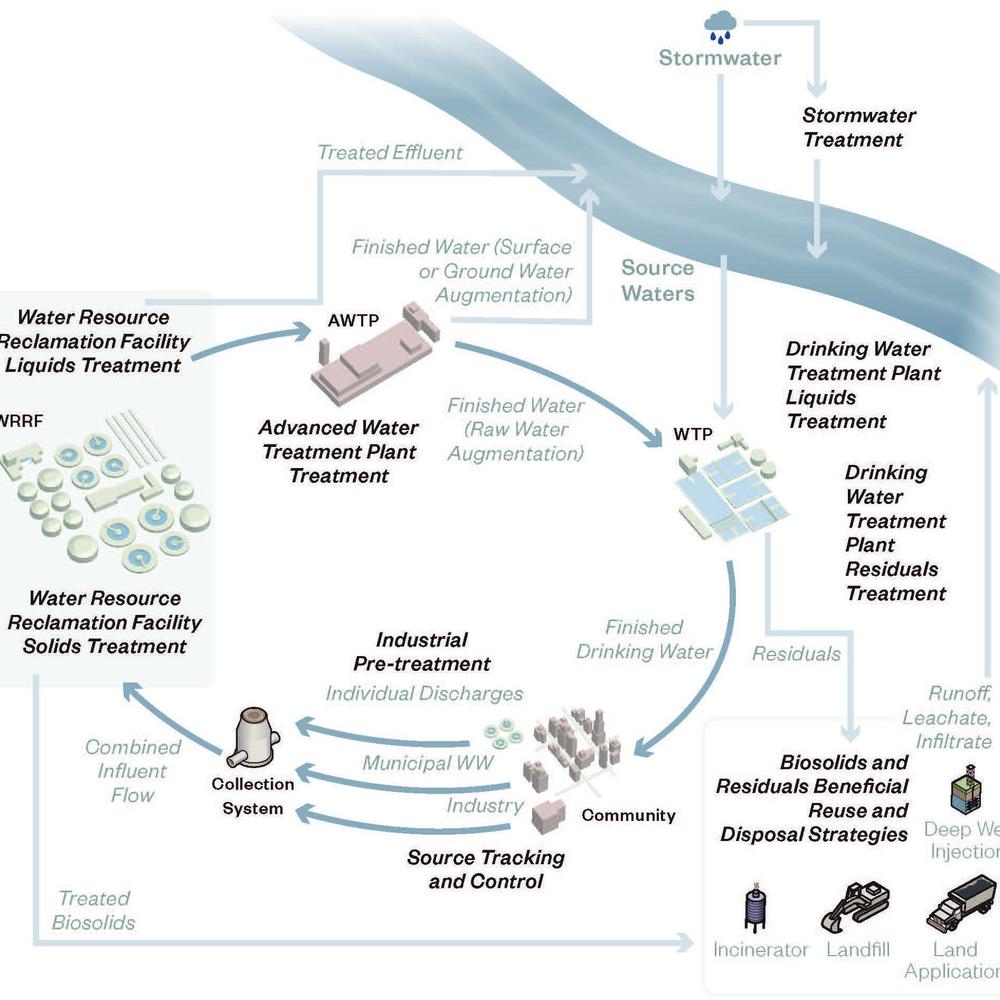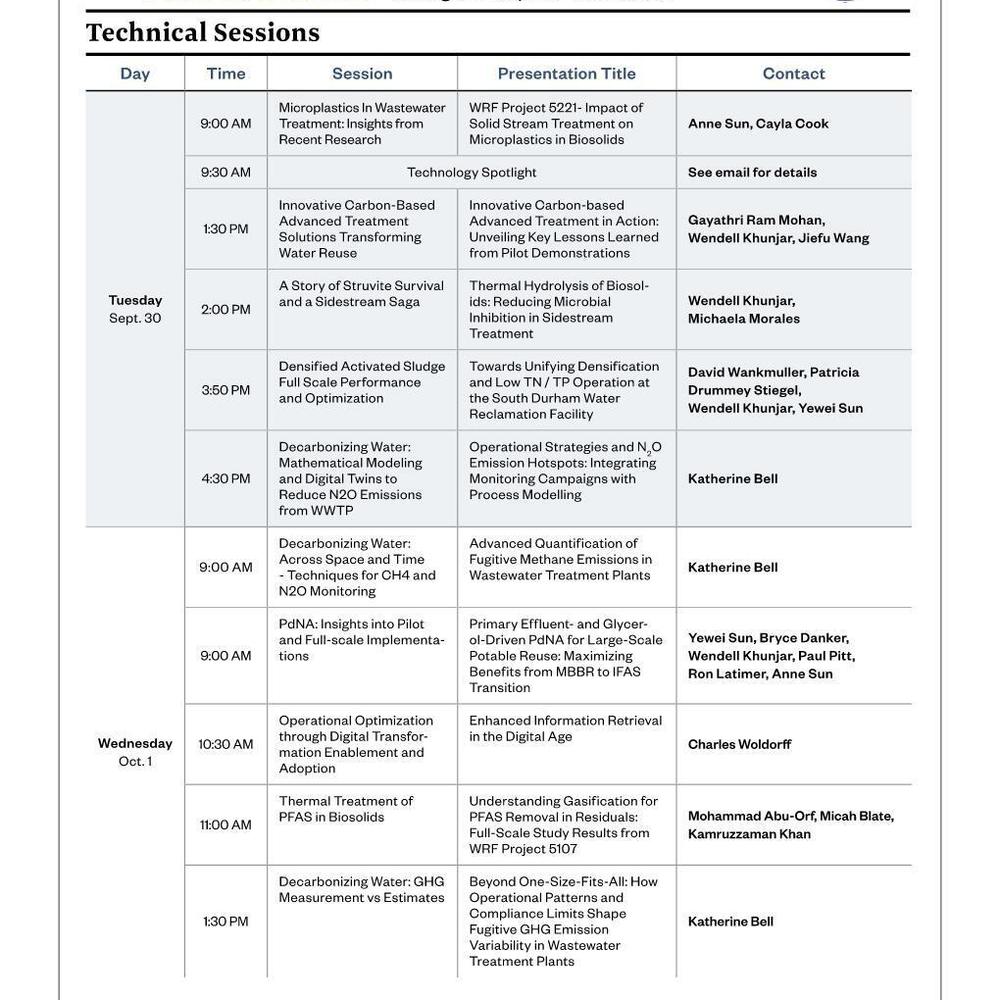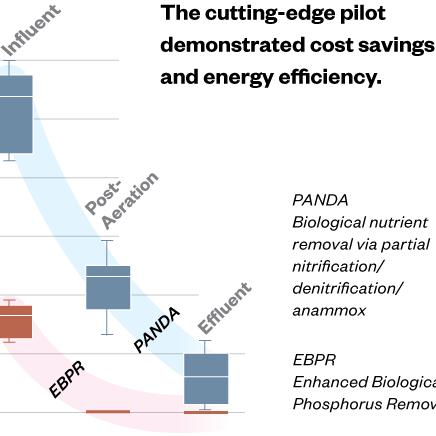Holistic Testing Helped this City Cut PFAS in Its Wastewater by More than 90%
Burlington, NC reduced PFAS and PFAS precursors in its wastewater—not just compounds that can be individually detected—through innovative source monitoring and stakeholder engagement.
At a Glance
- Hazen helped the City of Burlington dramatically reduce PFAS levels in its treated wastewater—which discharges into a river used for drinking water supplies downstream—through one of the most comprehensive PFAS source monitoring and control strategies implemented in the U.S. to date.
- With top labs, the team used multiple cutting-edge methods to quantify different groups of PFAS in the City’s wastewater: from PFAS compounds that can be individually identified, to thousands of others that are harder to identify and chemicals that can sometimes transform into PFAS.
- A risk assessment of wastewater sources, along with sewer system sampling and data analyses, pinpointed several dischargers contributing the most PFAS to the East Burlington Wastewater Treatment Plant. Burlington worked cooperatively with those dischargers to create and execute plans to reduce PFAS in their waste streams.
- Since the City and local businesses made changes, PFAS levels in the City’s wastewater effluent have dropped by more than 90%.

Wendell Khunjar leads innovative wastewater and biosolids projects on everything from PFAS monitoring to next-generation nutrient removal.
Top Photo: A neighborhood in Burlington, North Carolina.
Related Topics:
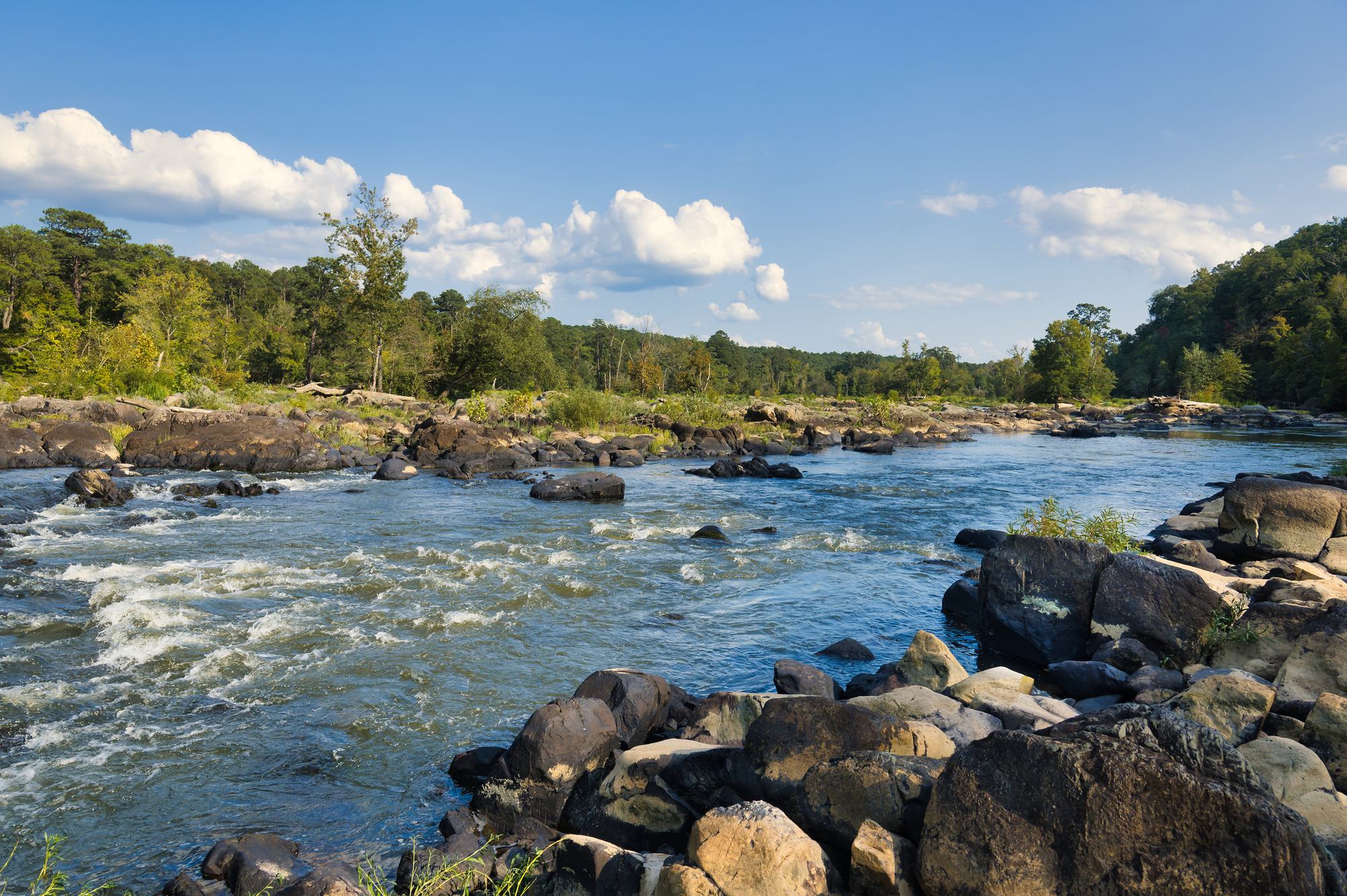
In late 2019, the City of Burlington, North Carolina, received a notice that put it on the front line of the country’s growing challenges with per- and polyfluoroalkyl substances (PFAS)—chemicals found in a vast array of consumer products and linked to public health risks.
Close to one million people in central North Carolina depend on the Haw River (above) and its watershed for drinking water.
The notice came from the Southern Environmental Law Center (SELC), an environmental nonprofit, on behalf of the Haw River Assembly. The latter group works to protect the Haw River, which borders Burlington and receives treated wastewater, or effluent, discharged from the City. In the letter, Haw River Assembly said it was concerned about the levels of PFAS detected in effluent from the East Burlington Wastewater Treatment Plant (WWTP). It said that if Burlington didn’t do something about the contamination, the group would take legal action.
While the City was confident that it was fully compliant with applicable regulatory requirements, it voluntarily engaged with Haw River Assembly to identify and address the sources of the PFAS in its effluent.
But that was a tall order: Of the more than 7,000 known PFAS compounds, only about 50 can be reliably measured in water and solids by commercial labs.
On top of that, there are PFAS precursors: These chemicals don’t start out as PFAS compounds that can be measured with currently available methods. But they can transform into measurable PFAS as they move through certain treatment processes and the environment. Burlington made a commitment to identify and reduce PFAS in general—not just the 50 with well-defined testing standards—along with precursors.
The City tapped Hazen to:
- Determine why PFAS levels in effluent from East Burlington WWTP were higher than levels in the influent (raw wastewater) coming into the plant
- Identify what kinds of PFAS and precursors, and how much of them, were in the influent and effluent
- Pinpoint the facilities contributing the most PFAS to the influent
We helped Burlington achieve those goals, empowering the City to further protect water resources for downstream communities and reach a settlement with Haw River Assembly. Here’s how.
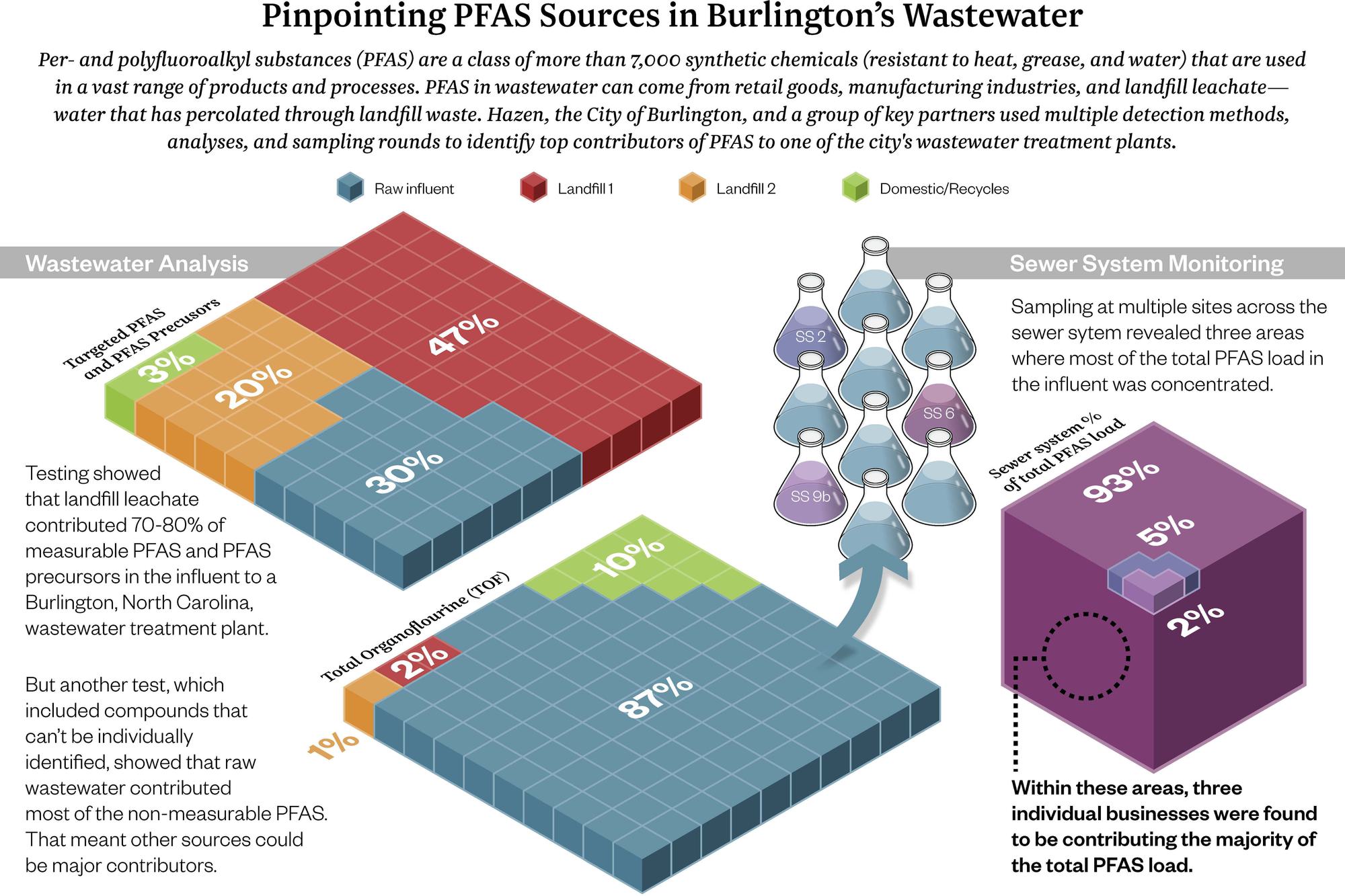
Comprehensive Sampling
Hazen collaborated with Burlington, Haw River Assembly, SELC, Duke University, and AquaLaw—a firm with expertise in wastewater regulations—to develop a plan to comprehensively sample and test for PFAS and PFAS precursors in the City’s wastewater collection systems and East Burlington WWTP.
Because only a small percentage of PFAS can be individually identified, and no single method can answer all the questions the team needed answered, the plan would use multiple detection methods.
“This program was one of the first in the country that employed multiple methods to comprehensively track down PFAS and precursors."
~ Hazen Director of Wastewater Innovation Wendell Khunjar, PhD, PE
Khunjar, who helped lead the project, said the sampling used four cutting-edge methods performed at four labs: Enthalpy, Duke University, Novem, and the State University of New York (SUNY) at Buffalo. In addition, every sample taken during the project was split so that Burlington (with help from Hazen and SUNY Buffalo) and SELC and Haw River Assembly (with help from Duke) could independently test and check sample results against each other.
The team first tested wastewater coming into and effluent coming out of East Burlington WWTP—and evaluated how the plant’s treatment processes might be increasing PFAS concentrations in its effluent.
Sampling revealed that a treatment process used to reduce solids (sewage sludge) at that plant was transforming PFAS precursors into high concentrations of measurable PFAS. Burlington successfully modified its solids treatment at that plant to reduce PFAS levels in the effluent.
Once Burlington had adjusted its internal treatment methods at East Burlington WWTP, measurable PFAS concentrations in the plant’s effluent dropped significantly. But there were still high concentrations of PFAS precursors in the influent and effluent.
Risk Assessment and Data Analyses
To identify the dischargers contributing the most PFAS and PFAS precursors to East Burlington WWTP’s wastewater, Hazen and Burlington completed a risk assessment. The team looked at different industries represented by the City’s businesses and how likely each was to be a significant source of PFAS, ranking each industry as a high, medium, or low priority.
Our team then identified 11 areas across the wastewater collection system that contained all of the high-priority industries. We used multiple rounds of sampling from the collection system, analyses from the labs, and a data analytics technique called principal component analysis to narrow the list to three areas, until the team had identified top contributors: Landfill leachate was a major source of measurable PFAS, while three businesses accounted for the majority of PFAS precursors in the wastewater.
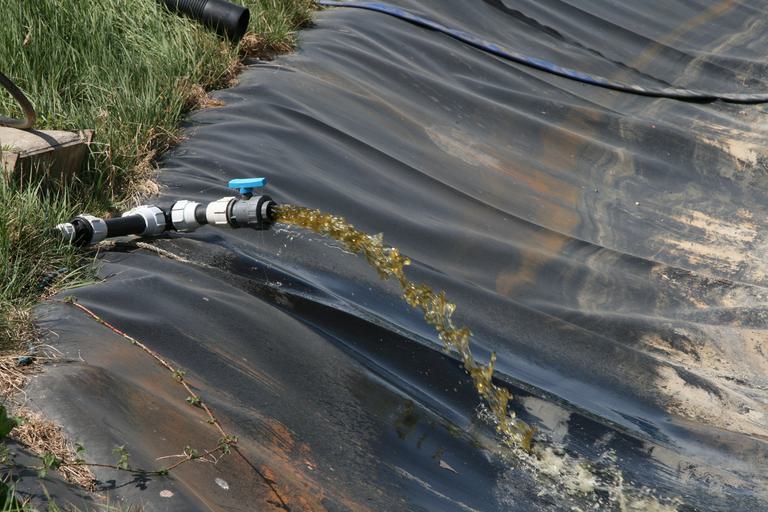
Leachate, or waste liquid, being removed from a landfill. Landfill leachate accounted for most of the PFAS and precursor chemicals (chemicals that can transform into PFAS) that could be identified in Burlington's wastewater....
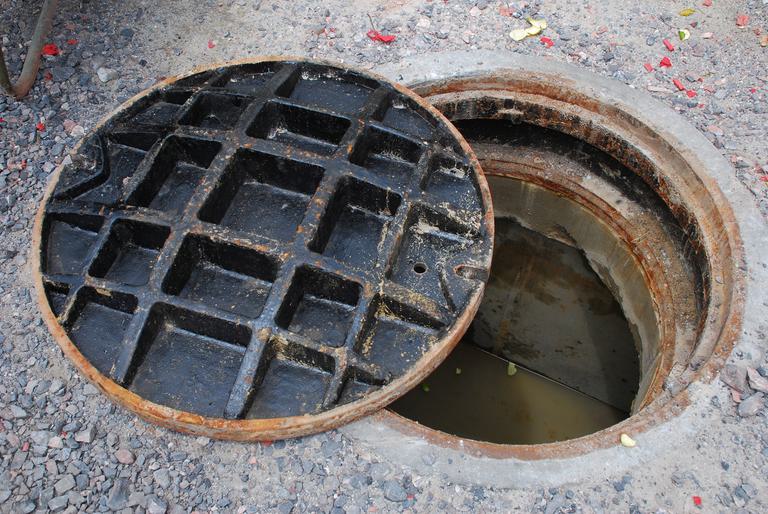
...but raw wastewater contributed most of the PFAS compounds that couldn't be individually detected. That prompted sampling throughout the City's sewer system—via manholes like the one above—to pinpoint other key sources.
Results That Led to Action
Burlington was able to take those results to the top contributors and negotiate with them, along with SELC and Haw River Assembly, to find solutions. One company decided to relocate its production, but two others stayed and voluntarily agreed to take significant steps to reduce PFAS in their wastewater: phasing out the use of PFAS in certain products, for example, and implementing closed-loop systems for medical and military products with high amounts of PFAS precursors.
After those changes, testing showed that PFAS and PFAS precursor concentrations had dropped by more than 90% in the effluent from East Burlington WWTP.
The improvements also led to a settlement between Burlington, Haw River Assembly, and SELC. Burlington continues to monitor PFAS levels in the influent, conduct surveillance of the collection system, and investigate ways to further minimize PFAS concentrations. It’s also engaging the landfills to find solutions to addressing PFAS chemicals in leachate. And Hazen continues to help the City manage PFAS and other contaminants of emerging concern in its wastewater and drinking water systems.
“This approach shows how to work with multiple entities to develop a reasonable plan for getting to what we all want, which is reduction of contamination in the environment,” Khunjar said.
The Haw River (below) provides not just drinking water, but space for outdoor activities and habitat for wildlife ranging from bald eagles to otters.



